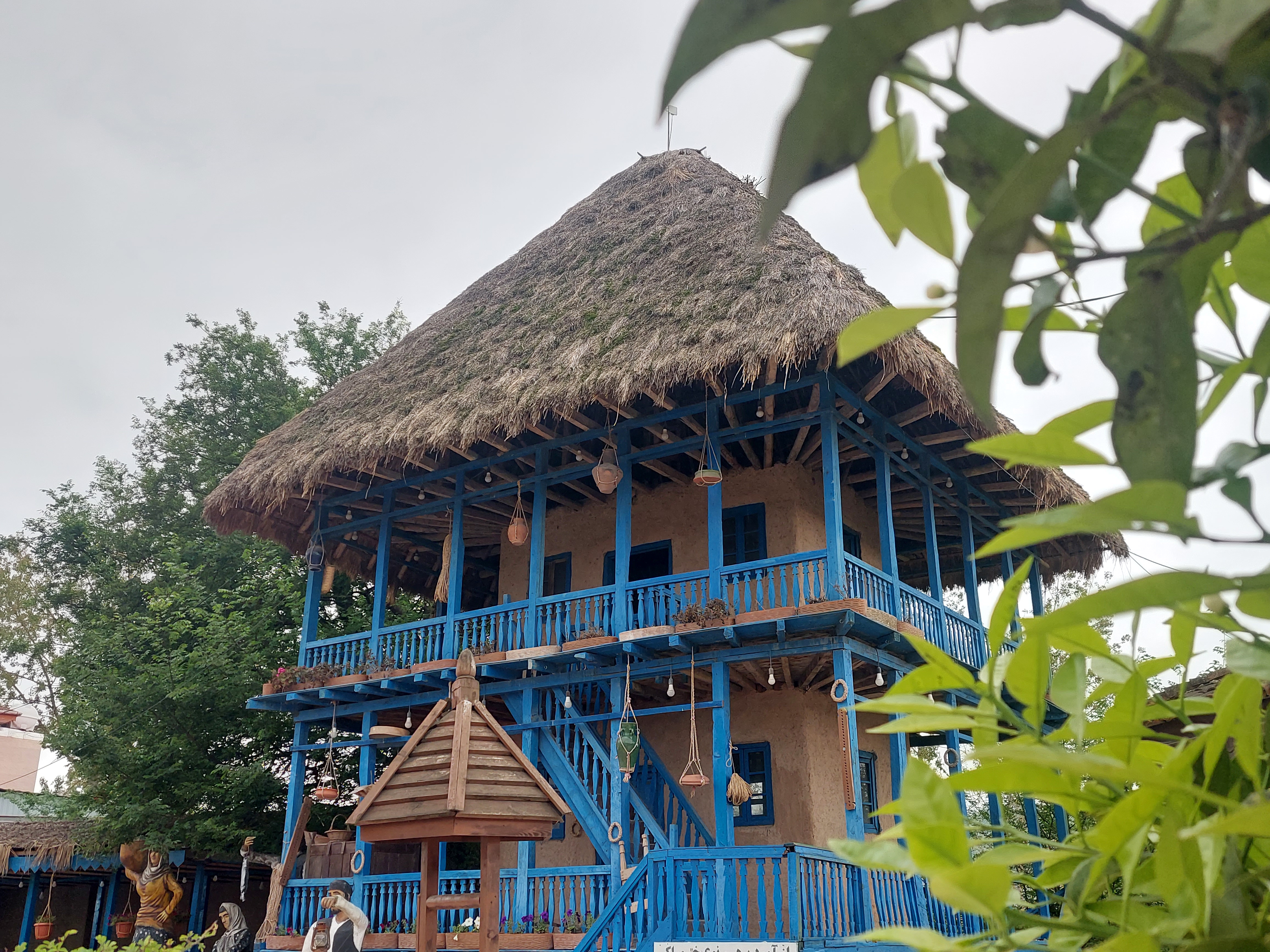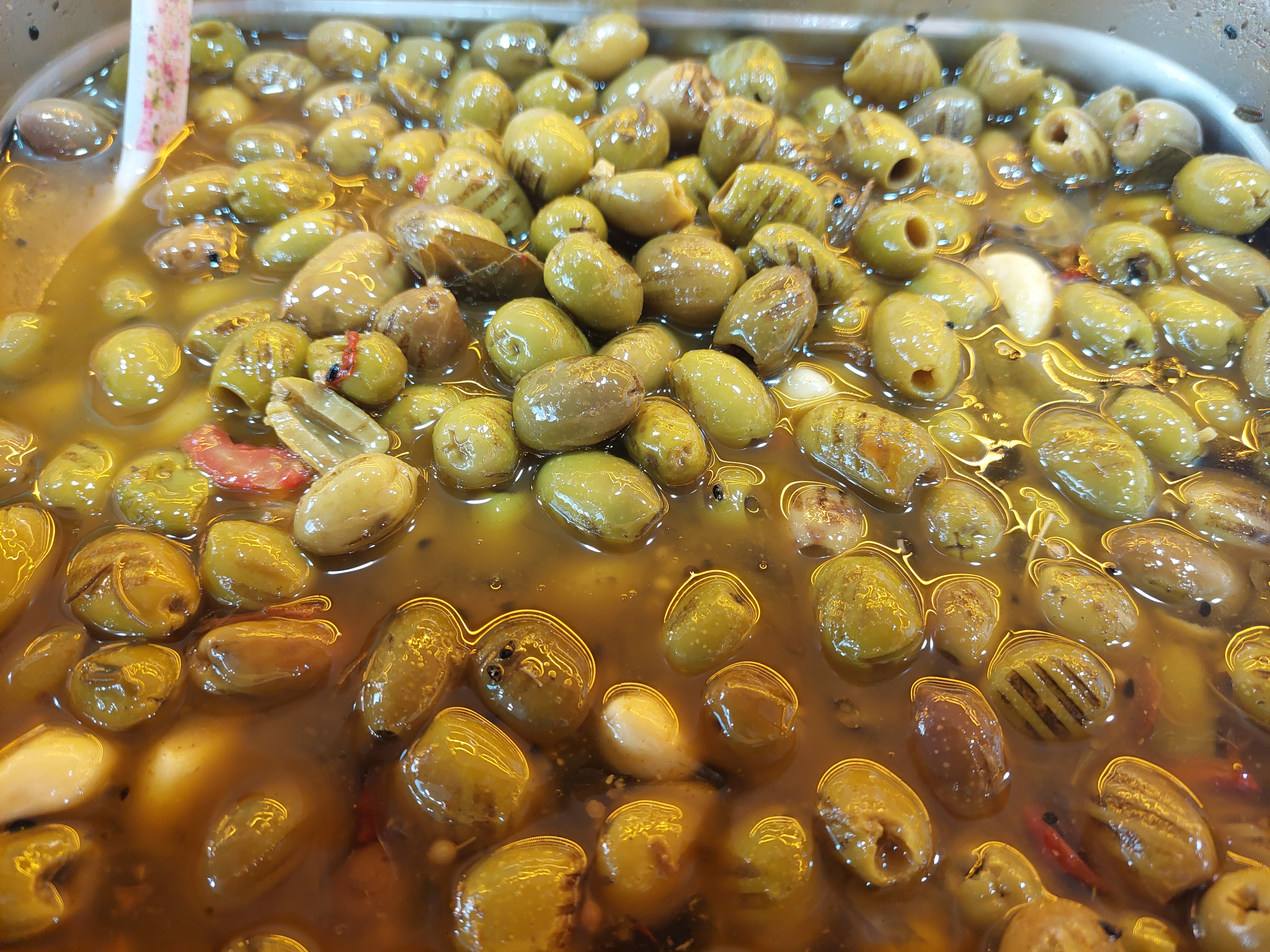Categories
The latest content
-

Optimal Storage Conditions for Iranian Sultana Raisins; A Complete Guide for Importers and Distributors
..
-

Takestan, The Beating Heart of Raisin Production in Iran
..
-

How Iranian Rice Cultivation and Harvesting Is Interwoven with Tradition and Culture in Gilan Province
..
-

Iranian Grilled Olives (Zeytoon Kababi): A Unique Culinary Treasure from Rudbar
..

Tags
How Iranian Rice Cultivation and Harvesting Is Interwoven with Tradition and Culture in Gilan Province

Nestled between the towering Alborz mountains and the Caspian Sea, Gilan Province in northern Iran is a land of lush greenery, flowing rivers, and deep-rooted traditions. Among its most significant contributions to Iran’s agricultural and cultural identity is rice cultivation — a practice that has shaped not only the landscape but also the lifestyle, values, and rhythms of life in this beautiful region.
A Land Blessed by Nature
Gilan’s climate is unique in Iran. Unlike the arid zones that dominate much of the country, Gilan enjoys a humid subtropical climate with abundant rainfall and fertile soil, creating perfect conditions for rice farming. The water-rich fields of Rasht, Lahijan, Fuman, and Shaft have supported rice agriculture for centuries, and the people of this region have learned to live in harmony with the land, adapting their lives to the natural cycles of rice cultivation.
Ancestral Knowledge and Manual Precision
Rice farming in Gilan is a heritage practice, carried forward by families who take pride in their knowledge of the land. The process begins in early spring when fields are plowed and flooded with water. Farmers then manually transplant delicate rice seedlings into the paddies — a task that requires skill, patience, and experience. Unlike industrial farming elsewhere, much of this work in Gilan is still done by hand, preserving the authenticity and superior quality of the rice.
The Hashemi, Tarom, and Sang Tarom varieties of rice cultivated in Gilan are celebrated for their aromatic fragrance, soft texture, and rich flavor. These rice types are considered premium products in both domestic and international markets, and their cultivation is tightly interwoven with cultural pride.
Women: The Backbone of the Tradition
In the rice fields of Gilan, women play a central role. Dressed in colorful traditional attire, they often lead the planting, weeding, and harvesting processes. Their synchronized movements in the paddies are almost poetic — a visual testimony to their strength and unity. In many villages, it is common to see three generations working side by side, embodying the continuity of culture through agriculture.
Harvest Season: A Time of Joy and Community
By late summer, the rice fields turn from vibrant green to golden yellow, signaling the start of the harvest. This is not just a time of agricultural importance — it is a cultural celebration. Families and neighbors come together to cut the rice by hand, bundle it, and dry it in traditional methods under the sun. During this period, the fields echo with Gilaki folk songs, laughter, and stories passed down through generations.
Harvesting rice is often followed by local gatherings and festivals, where traditional dishes made with freshly harvested rice — like Kateh, Baghali Polo, or Tahchin — are served with smoked fish, pickled vegetables, and stews unique to the region.
The Soul of Gilan in Every Grain
In Gilan, rice is more than a crop; it’s a symbol of identity and resilience. Farmers see themselves not only as cultivators of food but as guardians of cultural memory. Despite economic challenges, climate changes, and the influx of imported rice, many Gilani farmers are determined to preserve their traditional methods, ensuring that the authentic flavor and cultural essence of their rice remain intact.
This is why Iranian rice from Gilan is cherished — not only for its taste and aroma but for the story it tells. Every grain reflects a way of life steeped in respect for nature, family unity, hard work, and tradition.
Conclusion
To experience Gilani rice is to taste the very essence of the land and its people. It's a reminder that food can be more than nourishment — it can be heritage, memory, and a connection to something greater. When you serve a dish made with rice from Gilan, you’re not just serving food — you’re sharing a story centuries in the making.
Experience the tradition. Celebrate the culture. Taste the heritage of Gilan — one grain at a time.



